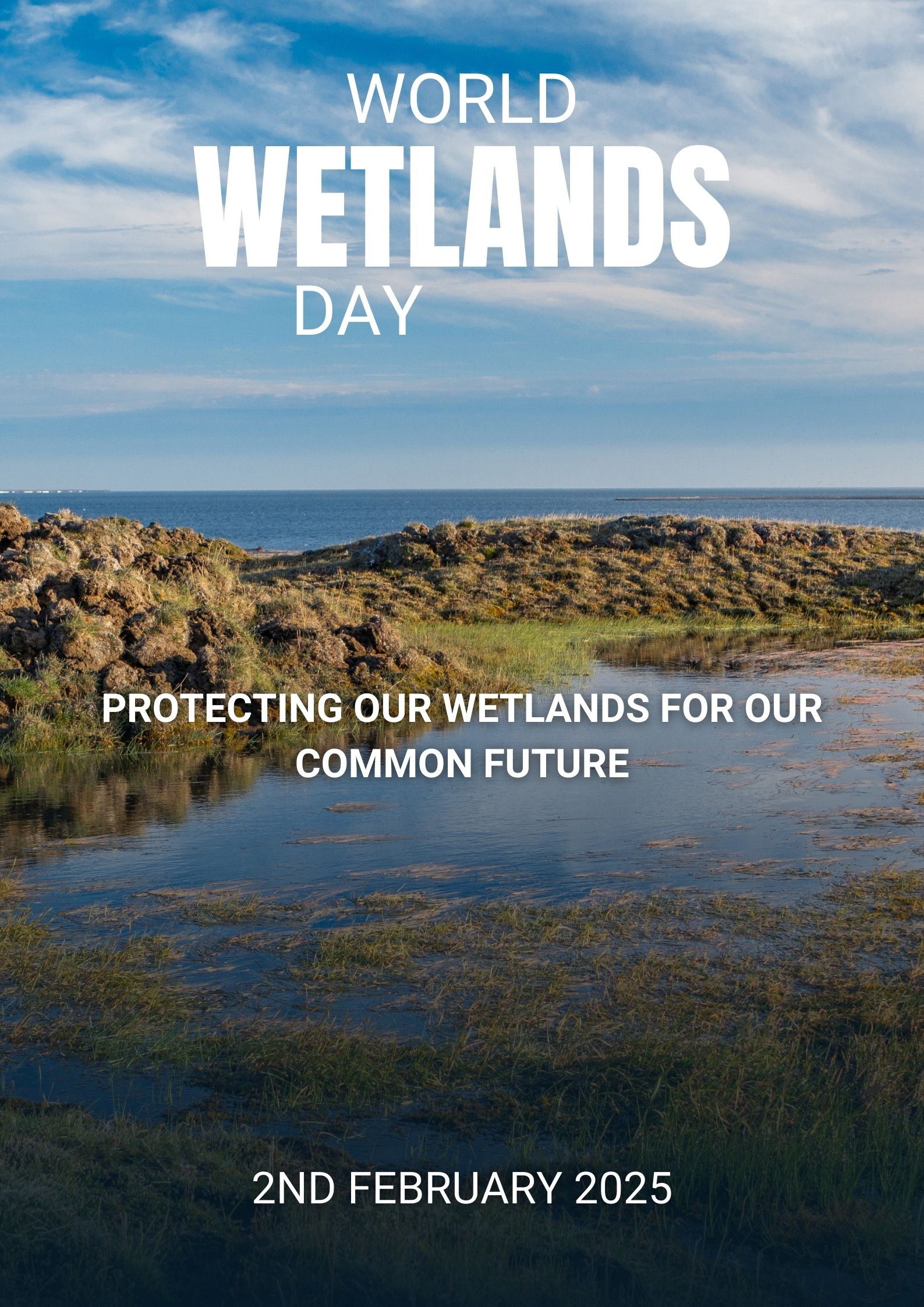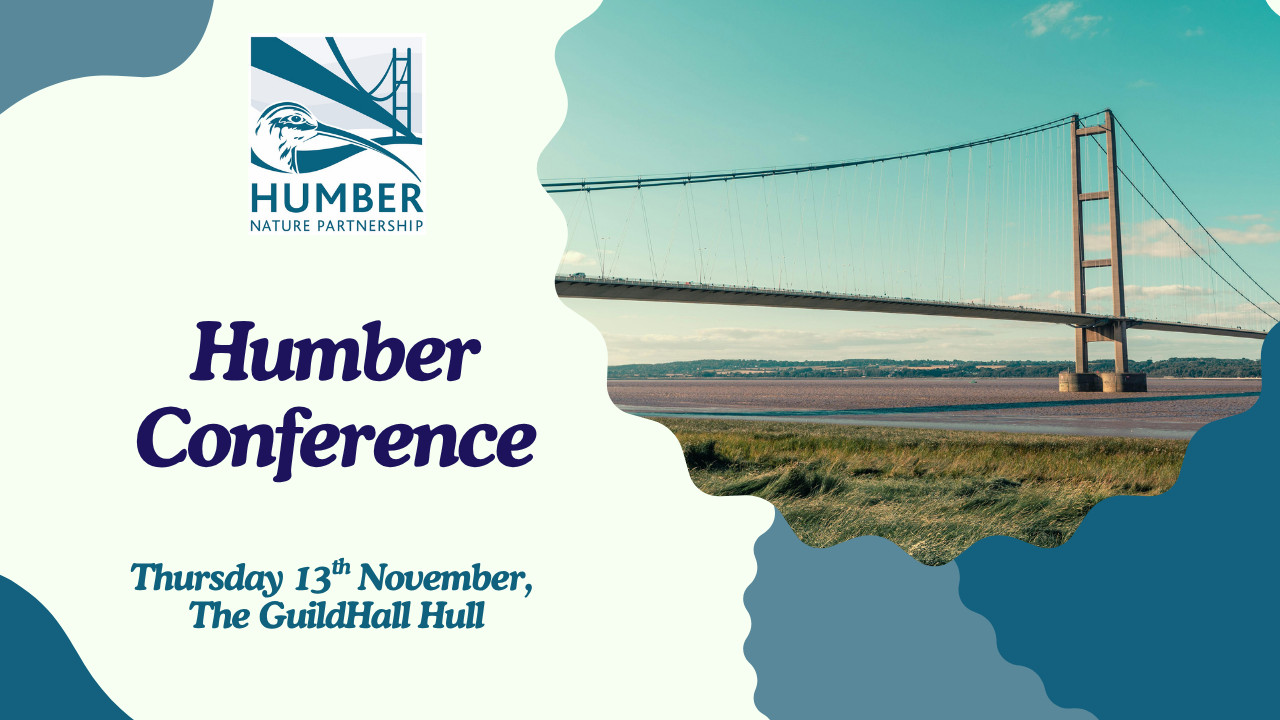31 Jan
World Wetlands Day
Wildlife
World Wetlands Day is celebrated each year on February 2nd, to draw attention to and raise awareness of our planet's wonderful wetlands. The theme for 2025 is "protecting our wetlands for our common future".
What are wetlands? The term wetland encompasses a huge array of habitats, as a wetland is an area that is permanently or seasonally submerged in water. So for the UK this includes:
Estuaries: including our very own Humber Estuary. Estuaries are an area where a river (freshwater) meets the sea (saltwater) to form a salty body of water. They support huge numbers of birds like curlew, by providing important feeding grounds and migratory fish navigate estuaries to reach their spawning grounds.
Saltmarsh and reedbeds: a common habitat found along the Humber.
Lakes, ponds and rivers
Fens and peat bogs
Wet grassland - a type of habitat Humber Nature Partnership help one of our members with managing.
Some other examples of wetland habitats around the world includes:
Coral reefs: this one surprised us too - coral reefs that are close to the surface are considered wetlands!
Mangroves: a particular favourite of one of our staff, mangroves are beautiful (and sometimes stinky) habitats that are characterised by salt-tolerant trees. Depending on the species of tree, they can cope with the high levels of salt by filtering it through their roots and even by excreting it from their leaves. Mangroves provide a nursery ground for juvenile fish, act as a natural flood defence and provide ample food for birds.
Click here for a more detailed breakdown of wetlands.
Wetlands are incredibly important habitats that provide a range of benefits. They are essential habitats for wildlife, provide freshwater, store carbon (which helps in mitigating climate change) and also provide invaluable ecosystem services which supports global economies.
Join us on February 2nd in appreciating our invaluable wetlands - perhaps with a visit to your own local wetlands!
LY


